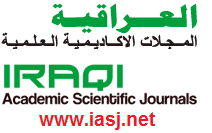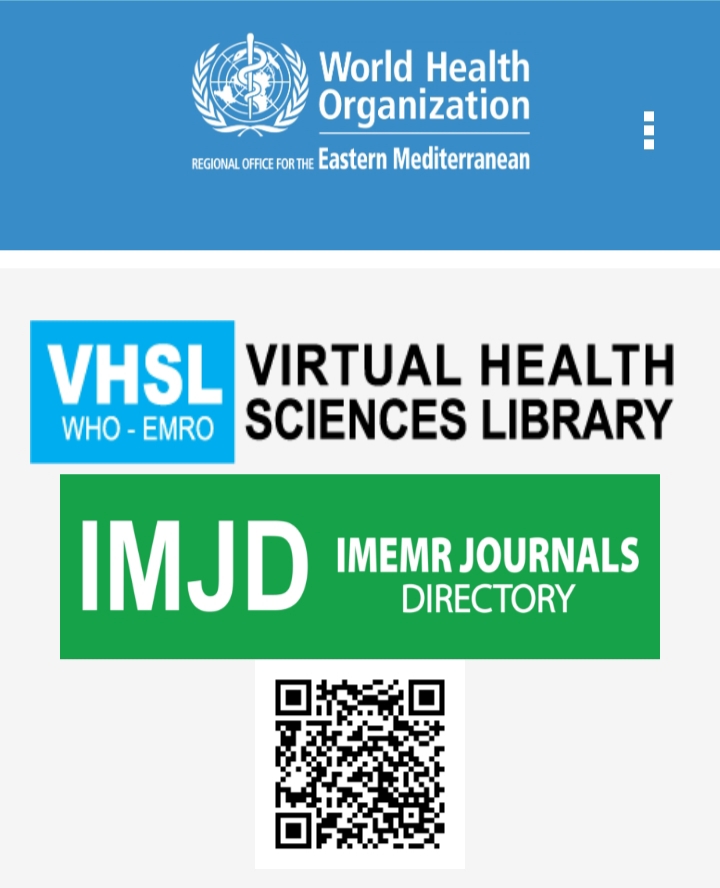Evaluation of Dental Caries Prevalence among Kindergartens’ Children in Mosul City Center
Abstract
Aims: This study aims to determine dental caries prevalence and pattern in preschool children in Mosul City Center, and to evaluate caries according to d1d3 criteria, which have not been widely adopted for caries diagnosis in the primary dentition. Materials and Methods: Examination was conducted on 762 preschool children aged 45 years old selected randomly from 20 kindergartens in Mosul City Center from different socioeconomic and education levels. Caries was recorded in terms of decayed, missing and filled teeth (dmft) index, and the d1d3 scale. The criteria for caries diagnosis included noncavitated (d1 and d2)lesions and cavitated (d3) lesions.Results: Dental caries was recorded to be high (mean dmft for the total sample= 6.82), with only 16.87% of children were caries free. Distribution of caries (dt component) was slightly higher in the upper arch and the left side, with the second molars were recorded to be the most affected and the canines to be the least. The d1d3 criteria of caries for the total sample clearly showed that d2 lesions were the most common (47.24%), followed by d3 and d1 lesions (33.33% and 19.43% espectively). Conclusions: The high rate of dental caries recorded in this study for this young age has strongly emphasized the necessity of communitybased preventive programs and professional care that should begin in the early childhood life. Also, the benefits of d1d3 diagnostic criteria cannot be neglected











